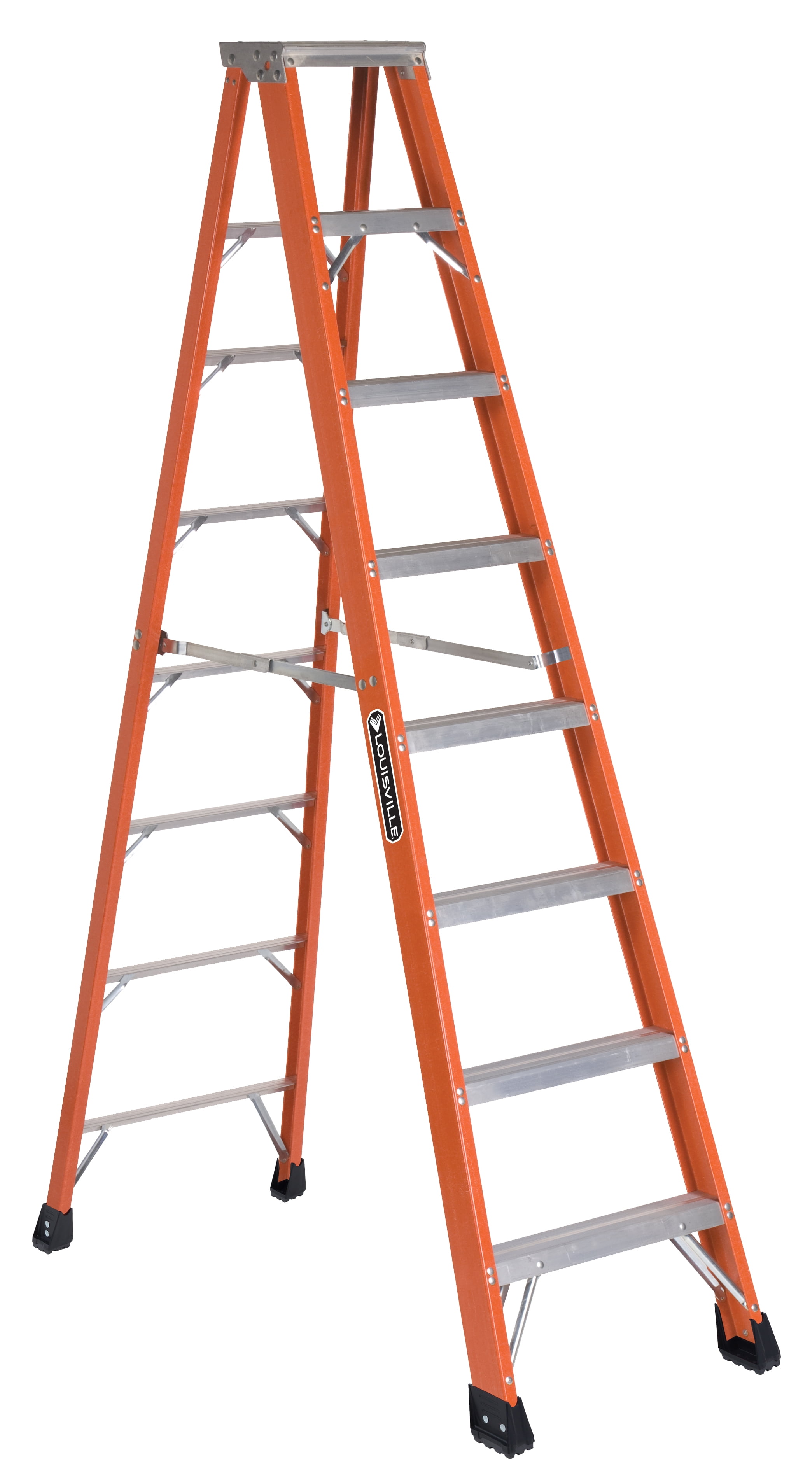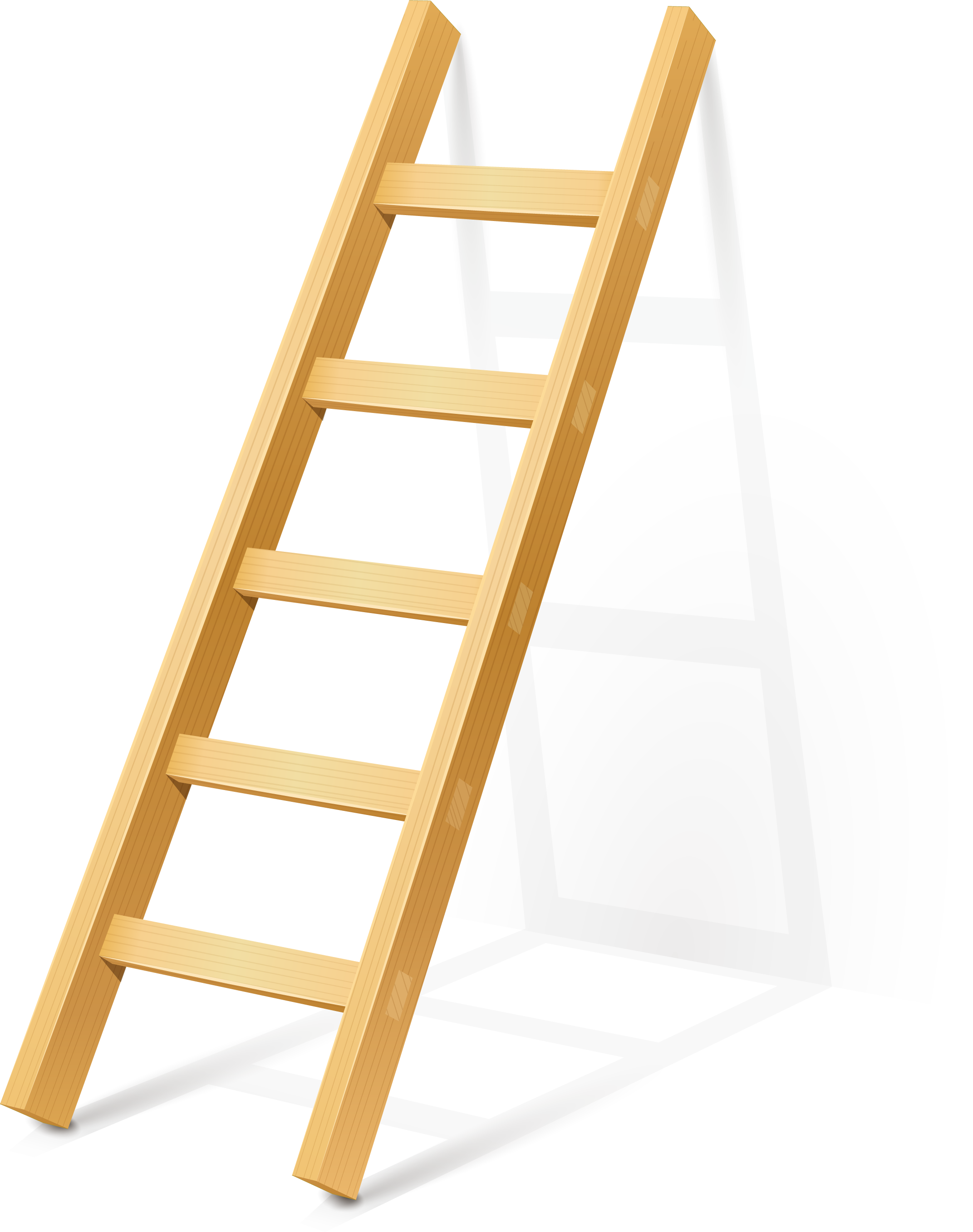Ladder Racks for Pickup Trucks: Elevating Utility, Safety, and Efficiency pickup.truckstrend.com
Pickup trucks are the workhorses of the automotive world, renowned for their versatility and hauling capabilities. Yet, even the most robust truck bed has its limitations, especially when it comes to transporting oversized, long, or irregularly shaped items like ladders, lumber, pipes, kayaks, or even camping gear. This is where ladder racks for pickup trucks step in, transforming a capable vehicle into an indispensable utility machine. More than just a simple accessory, a well-chosen ladder rack is a critical investment for professionals and enthusiasts alike, significantly enhancing safety, efficiency, and the overall utility of a pickup truck.
In this comprehensive guide, we’ll delve into every facet of ladder racks for pickup trucks, from their fundamental purpose and diverse types to crucial considerations for purchase, installation tips, and how they can revolutionize the way you work and play.
Ladder Racks for Pickup Trucks: Elevating Utility, Safety, and Efficiency
Understanding the "Why": The Indispensable Benefits of Ladder Racks
At its core, a ladder rack provides an elevated, secure platform above your truck bed and often extending over the cab, designed to carry long items that wouldn’t otherwise fit safely or conveniently within the bed itself. But their utility extends far beyond just ladders. The benefits are multifaceted:
- Enhanced Safety: Transporting long items inside the truck bed can lead to dangerous overhangs, unsecured loads, or even damage to the truck’s interior or exterior. A ladder rack securely fastens these items, preventing shifting, falling, or becoming projectiles during transit, thereby protecting both your cargo and other road users.
- Maximized Cargo Capacity & Free Bed Space: By lifting long items above the bed, a ladder rack frees up valuable bed space for tools, equipment, materials, or other cargo. This means fewer trips, better organization, and the ability to carry everything you need in one go.
- Versatility for Diverse Loads: While named "ladder racks," these systems are incredibly versatile. They are ideal for transporting:
- Ladders (extension, step, multi-position)
- Lumber, PVC, and metal piping
- Kayaks, canoes, paddleboards, surfboards
- Roof-top tents and camping gear
- Long tools and equipment
- Sheet goods (plywood, drywall, with proper support)

- Vehicle Protection: Keeping long, heavy, or abrasive items out of the truck bed prevents scratches, dents, and wear to the bed liner, tailgate, and cab. This preserves your truck’s aesthetic and resale value.
- Professional Image: For contractors, landscapers, and tradespeople, a truck equipped with a well-organized ladder rack projects an image of professionalism, capability, and efficiency. It signals that you’re prepared for any job.
Types of Ladder Racks: Finding Your Perfect Fit

The market offers a variety of ladder rack designs, each suited for different needs, truck configurations, and budgets. Understanding the distinctions is key to making an informed choice:
-
Over-Cab/Full-Size Racks:
- Description: These are the most common and robust type, featuring two vertical uprights at the front (near the cab) and two at the rear (near the tailgate), connected by horizontal crossbars. They extend over the cab, allowing for very long items.
- Ideal For: Contractors, plumbers, electricians, and anyone regularly transporting long materials (ladders, lumber, pipes) that exceed the length of the truck bed.
- Pros: Maximum carrying capacity, excellent stability for long items, frees up the entire truck bed.
- Cons: Can be tall (affecting garage clearance), may create wind noise/drag.
-
Bed-Mounted/Rear-Only Racks:
- Description: These racks typically consist of a single upright structure mounted at the rear of the truck bed, often with an adjustable height. They work in conjunction with a front "headache rack" or cab protector to support items.
- Ideal For: Users who occasionally need to carry moderately long items or prefer a lower profile.
- Pros: Less intrusive, generally easier to install, lower cost, less wind noise.
- Cons: Limited to items not much longer than the bed itself, as the front support is usually just a cab protector.
-
Side-Mount/Side-Loader Racks:
- Description: Less common, these racks attach to the side rails of the truck bed, allowing ladders or pipes to be loaded and secured vertically or at an angle along the side of the truck.
- Ideal For: Specific applications where quick access to one or two ladders is paramount, or when the bed needs to remain completely clear.
- Pros: Keeps bed clear, easy loading/unloading from the side.
- Cons: Limited capacity, can make the truck wider, may obstruct side visibility.
-
Sliding/Adjustable Racks:
- Description: These innovative racks feature mechanisms that allow the front or rear crossbars to slide forward or backward, accommodating different load lengths or making it easier to load/unload. Some even retract fully into the bed rails when not in use.
- Ideal For: Users who have varying load lengths or desire maximum flexibility and aesthetics when not hauling.
- Pros: High versatility, can be less obtrusive when empty.
- Cons: More complex mechanisms, generally higher price point.
-
Removable/Temporary Racks:
- Description: Designed for occasional use, these racks can be quickly installed and removed using clamps or simple bolt-on mechanisms.
- Ideal For: DIYers or those who only need a ladder rack a few times a year and don’t want a permanent fixture.
- Pros: Flexible, easy storage, less impact on fuel economy when removed.
- Cons: Lower weight capacity, may not be as secure as permanent options.
Key Considerations Before Purchase
Choosing the right ladder rack involves more than just picking a type. Several critical factors will influence performance, longevity, and satisfaction:
- Material:
- Steel: The most common and robust option. Offers superior strength and weight capacity, making it ideal for heavy-duty use. However, it’s heavier, can be prone to rust if not properly coated (look for powder-coated finishes), and may require more maintenance.
- Aluminum: Lighter than steel, rust-resistant, and offers a good strength-to-weight ratio. Aluminum racks are easier to install due to their lighter weight and contribute less to fuel consumption. They are generally more expensive than steel.
- Weight Capacity: This is paramount for safety. Always check the rack’s maximum load rating and ensure it exceeds the heaviest load you anticipate carrying. Overloading can lead to structural failure, damage, or dangerous situations on the road.
- Truck Compatibility:
- Make, Model, Year: Racks are often designed for specific truck models to ensure proper fit and mounting.
- Bed Length & Cab Style: Over-cab racks need to clear the specific cab height (regular, extended, crew cab). Bed-mounted racks must fit the bed length.
- Bed Liners & Tonneau Covers: Some racks are compatible with specific bed liners or tonneau covers (e.g., those that sit above the bed rails), while others are not. Confirm compatibility if you have or plan to install these accessories.
- Drill vs. No-Drill Installation: Decide if you’re comfortable drilling into your truck’s bed rails or frame. Many modern racks offer clamp-on, "no-drill" installation options, which are easier but may have lower weight capacities than bolt-on systems.
- Installation Method: Clamp-on options are user-friendly, while bolt-on methods provide maximum security and capacity but require drilling. Consider your DIY comfort level or factor in professional installation costs.
- Features & Accessories: Look for integrated tie-down points, removable or adjustable load stops, wind fairings (to reduce noise and drag), and options for additional accessories like cargo baskets or specialized tool holders.
- Budget: Ladder rack prices vary widely based on material, type, brand, and features. Set a realistic budget and prioritize features that are most important for your needs.
Installation and Usage: A Practical Guide
While specific instructions vary by model, here’s a general overview for safe installation and effective use:
- Pre-Installation:
- Read the Manual: Thoroughly review the manufacturer’s instructions.
- Gather Tools: Ensure you have all necessary wrenches, sockets, drills (if needed), and safety gear.
- Inspect Components: Verify all parts are present and undamaged.
- Installation Steps (General):
- Assemble Components: Attach crossbars to uprights, and other components as per instructions.
- Position on Truck: Carefully place the assembled rack onto your truck bed rails, ensuring proper alignment.
- Secure Mounting:
- Clamp-on: Tighten the clamps securely to the bed rails.
- Bolt-on: Mark and drill pilot holes (if required) according to instructions, then bolt the rack firmly to the truck’s frame or bed rails. If drilling is required and you’re unsure, professional installation is highly recommended.
- Final Tightening: Double-check all bolts and fasteners for tightness.
- Loading & Securing Cargo:
- Distribute Weight Evenly: Place heavier items closer to the rack’s support points.
- Use Proper Tie-Downs: Ratchet straps are ideal for securing heavy loads. Bungee cords are only suitable for light, non-critical items.
- Secure Multiple Points: Always secure the front, middle, and rear of your load. Prevent any fore-aft or side-to-side movement.
- Flag Overhangs: If your load extends more than 4 feet beyond the rear of your truck, attach a red or orange safety flag (or lights at night) as required by law.
- Maintenance: Regularly inspect all bolts and fasteners for tightness, especially after the first few uses and periodically thereafter. Clean the rack to prevent corrosion, particularly for steel models.
Tips for Maximizing Your Ladder Rack’s Potential
- Don’t Overload: Adhere strictly to the manufacturer’s weight capacity. Overloading compromises safety and can damage the rack and your truck.
- Regular Inspections: Periodically check all mounting points and the rack’s structure for any signs of wear, rust, or damage.
- Consider Accessories: Explore specialized hooks, stops, or cargo baskets that can further enhance your rack’s utility for specific items.
- Clean for Longevity: Wash off road salt, dirt, and grime, especially on steel racks, to prevent corrosion.
- Be Mindful of Height: Remember your truck’s new overall height when entering garages, drive-thrus, or low-clearance areas.
Addressing Challenges and Finding Solutions
- Wind Noise/Drag: Some over-cab racks can generate wind noise or increase drag.
- Solution: Many racks come with or can be fitted with wind fairings (air dams) that significantly reduce noise and improve aerodynamics.
- Incompatibility with Tonneau Covers: Many standard ladder racks are not compatible with certain tonneau covers, particularly those that sit flush with the bed rails.
- Solution: Look for "over-rail" tonneau covers or ladder racks specifically designed to work in conjunction with roll-up or folding covers. Some rack systems are designed to mount to the truck’s stake pockets or frame, leaving the bed rails clear.
- Rust (Steel Racks): Unprotected steel can rust, especially in harsh climates.
- Solution: Invest in a high-quality powder-coated steel rack. Regularly inspect for chips in the coating and touch them up with rust-inhibiting paint.
- Drilling Concerns: Many truck owners are hesitant to drill into their new vehicles.
- Solution: Opt for a "no-drill" or clamp-on rack system. While these may have slightly lower weight capacities, they preserve your truck’s integrity. If you need a bolt-on system but are uncomfortable drilling, consider professional installation.
Ladder Racks for Pickup Trucks: Estimated Price Table
Prices for ladder racks can vary significantly based on material, type, brand, weight capacity, and additional features. The table below provides general estimated ranges to help you budget. Always verify current pricing from specific manufacturers and retailers.
| Rack Type | Material | Typical Price Range (USD) | Key Features / Considerations |
|---|---|---|---|
| Over-Cab/Full-Size | Steel | $300 – $800 | High capacity, durable, often powder-coated, heavier. |
| Aluminum | $600 – $1,500+ | Lighter, rust-resistant, premium option, often higher load capacity. | |
| Bed-Mounted/Rear-Only | Steel | $150 – $400 | More compact, generally lower capacity, works with a separate cab guard. |
| Aluminum | $300 – $700 | Lighter, rust-resistant, often adjustable height. | |
| Sliding/Adjustable | Steel / Aluminum | $700 – $2,000+ | Versatile, can retract or slide, often vehicle-specific, premium. |
| Side-Mount | Steel | $100 – $300 | Simple, limited capacity, ideal for single ladders, side access. |
| Removable/Temporary | Steel / Aluminum | $100 – $400 | Easy to install/remove, lower capacity, for occasional use. |
Note: These prices are estimates for the rack itself and do not include installation costs, which can range from $100-$300+ if done professionally.
Frequently Asked Questions (FAQ)
Q1: Can I install a ladder rack myself?
A1: Many ladder racks, especially clamp-on or no-drill models, are designed for DIY installation and come with detailed instructions. However, bolt-on models that require drilling into your truck’s frame or bed are more complex and may be better handled by a professional installer to ensure proper alignment, safety, and avoid damaging your truck.
Q2: Do I need to drill into my truck to install a ladder rack?
A2: Not always. Many modern ladder racks offer "no-drill" or clamp-on installation methods that attach securely to your truck’s bed rails or stake pockets without permanent modification. However, bolt-on racks, which often offer higher weight capacities and greater stability, typically require drilling.
Q3: How much weight can a ladder rack hold?
A3: The weight capacity varies significantly by the rack’s material, design, and mounting method. Most full-size steel ladder racks can hold anywhere from 500 lbs to 1,000 lbs (or more), while aluminum racks might range from 300 lbs to 800 lbs. Always check the manufacturer’s specified weight capacity and never exceed it.
Q4: Will a ladder rack affect my gas mileage?
A4: Yes, a ladder rack, especially a large over-cab model, can slightly decrease your truck’s fuel efficiency due to increased aerodynamic drag. The effect is usually more pronounced when carrying a load. Wind fairings can help mitigate this.
Q5: Can I use a ladder rack with a tonneau cover?
A5: It depends on the design of both the rack and the tonneau cover. Some ladder racks are specifically designed to be compatible with certain tonneau covers (e.g., those that sit inside the bed rails). If you have a tonneau cover, look for "over-rail" ladder rack systems or integrated systems designed to work together.
Q6: What’s the main difference between steel and aluminum ladder racks?
A6: Steel racks are typically stronger, more affordable, and heavier, but can rust if not properly coated. Aluminum racks are lighter, rust-resistant, and often have a higher upfront cost. The choice depends on your weight capacity needs, budget, and preference for maintenance.
Conclusion
Ladder racks for pickup trucks are far more than just accessories; they are essential tools that unlock the full potential of your truck. By providing a safe, secure, and efficient way to transport long and bulky items, they enhance productivity for professionals, expand possibilities for outdoor enthusiasts, and protect your valuable vehicle.
Careful consideration of the rack type, material, weight capacity, and compatibility with your specific truck model will ensure you make the best choice. While the initial investment may seem significant, the long-term benefits in terms of safety, efficiency, and expanded utility make a quality ladder rack an indispensable addition to any pickup truck owner’s arsenal. It’s an investment in getting the job done right, safely, and with maximum capability.
:max_bytes(150000):strip_icc()/Ladders_LouisvilleLadderFE3216FiberglassExtensionLadder300-PoundCapacity16-footTypeIA_DB_13-3673d7b254624ef094ec48eccdeee82e.jpg)


